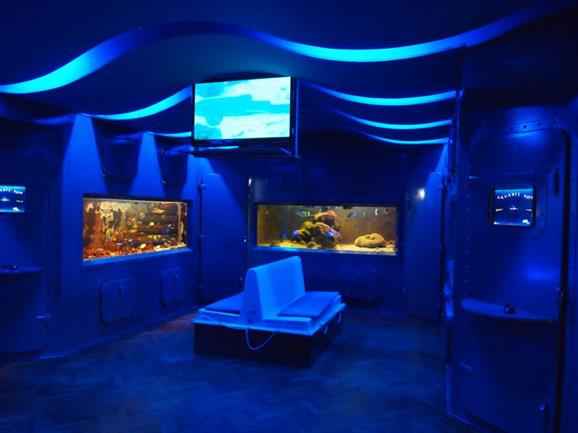Natural History Museum Rijeka
Removed from Unnamed collection





Source: Angie Bell (Skip the Line Travel) Images may be subject to copyright. Learn More
Nestled within the serene Nikola Host Park, the Natural History Museum in Rijeka is a treasure trove of discovery and wonder. Established in 1876 by the visionary Doctor Joseph Roman Lorenz, it was inspired by the grandeur of Vienna’s Naturhistoriches Museum. Originally, its impressive collection was part of the City Museum. However, in 1945, it became its own entity, flourishing in its current location where, until the 1960s, a zoo and an aquarium also delighted visitors.
Nowadays, the Museum is a hub for marine research and boasts a specialized library covering biology, geology, and paleontology. As you wander through its halls, you'll be captivated by the diverse collections and permanent exhibitions. They beautifully depict the geological history of the Adriatic, showcase fascinating oceanographic studies, and feature an array of minerals, marine invertebrates, sharks, and rays. The “Aquarium” multimedia center is a highlight, offering interactive insights into the underwater world. You can also explore exhibits featuring reptiles and amphibians native to the Rijeka region.
For those who love a blend of history and nature, this museum is a must-see. It not only offers a window into the past but also actively contributes to the scientific community with its ongoing research. The surrounding park adds to the experience, providing a perfect spot to relax and reflect on the wonders you've just seen.
 Angie Bell (Skip the Line Travel)
Angie Bell (Skip the Line Travel)  Croatia
Croatia